The story of this temple resembles that of the Olympian gods who came down to earth, disguised as mortals to save humanity.
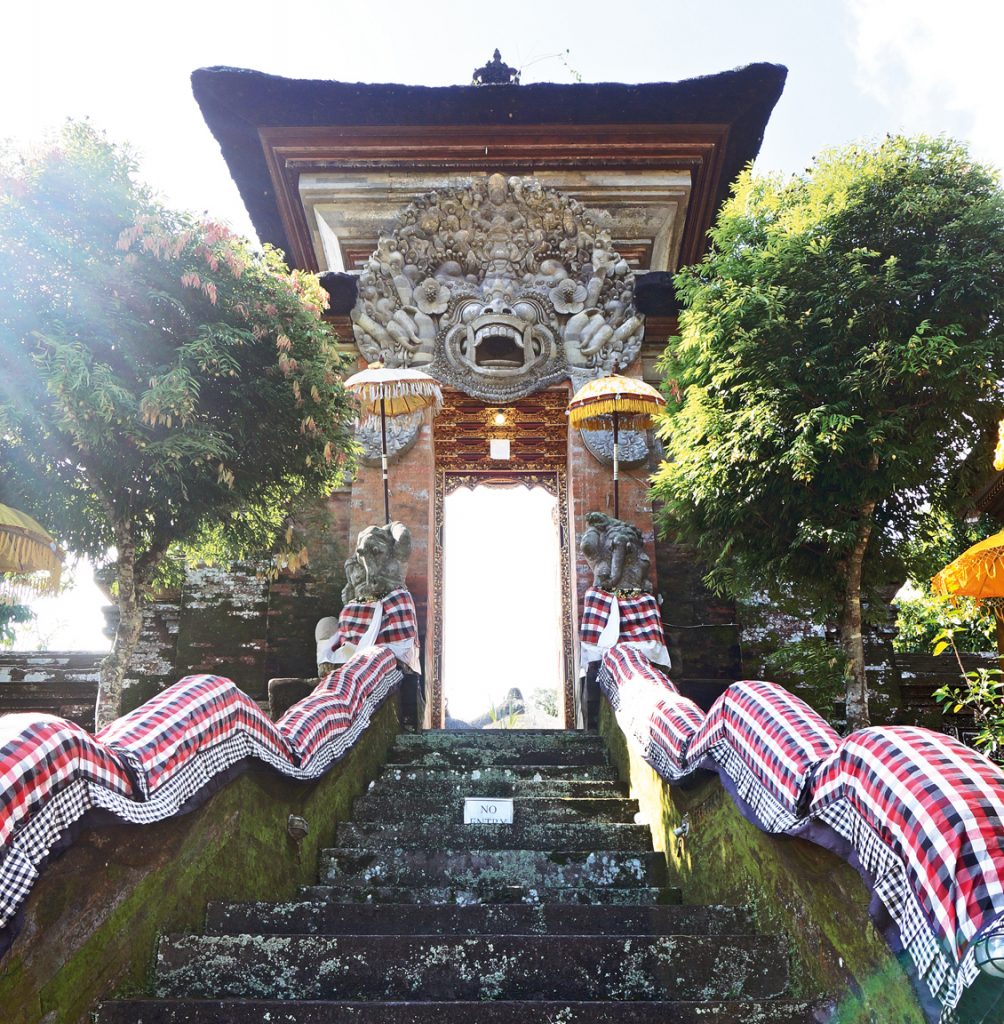
Gianyar was ruled by an unjust, wicked and somewhat atheist leader named Maya Denawa during the 11th century. And just like wicked geniuses like those villains in your favourite movies, Denawa was a clever king who took particular pleasure in destroying the faith of his people and always tried his best not to miss even one opportunity to cause them to lose their spiritual faith in their Hindu gods.
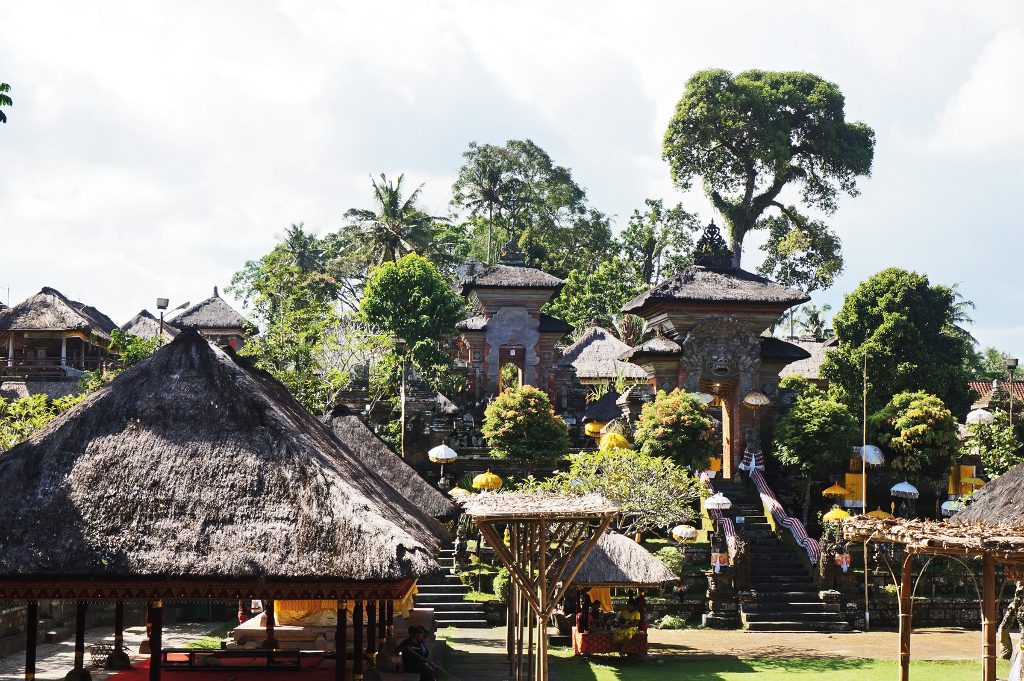
He would summon his subjects to come upon him. He would then interview those standing in front of him about their faith, and used his sharp-wittedness to confuse them. Of course, being villagers with no power, it was difficult for them to resist the clever, powerful Denawa especially since there were serious penalties to be paid when they came in disagreement with the king. Denawa really made sure that being a man of faith was just too high a price for his subjects to pay to live in peace.
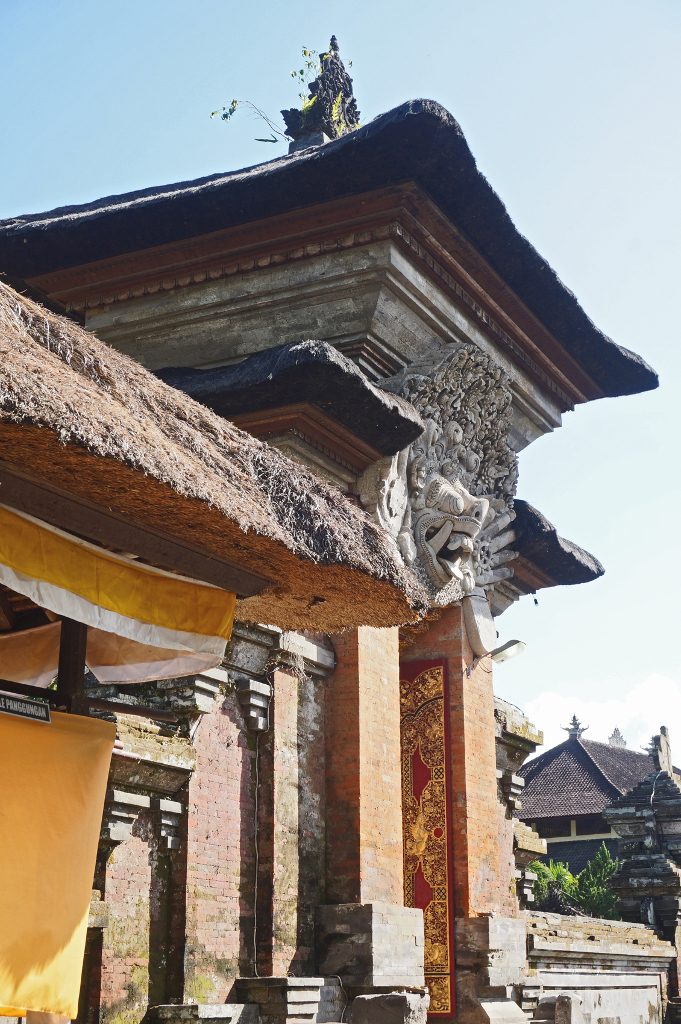
The villagers, not knowing what to do, could only pray to the gods in heaven for help. The villagers’ prayers soon reached the heavens, and into the ears of Hyang Indra, Hyang Mahadewa, and Hyang Pasupati, three gods who became really concerned about the ugly situation in Gianyar. They quickly decided that enough was enough, and that it was time for them to act quickly to reverse the backsliding spiritual trend created by Denawa and to deal with the wayward king once and for all.
The three gods came to earth in the form of villagers and, once inside the village, they began to preach a strong spiritual message to all who lived there. Word of this soon reached the evil king who immediately summoned these three newcomers to his palace so that he could outwit them just as he had outwitted all the other villagers, turning them against their gods. Little did the bad old king know that he was about to come face-to-face with the gods themselves.
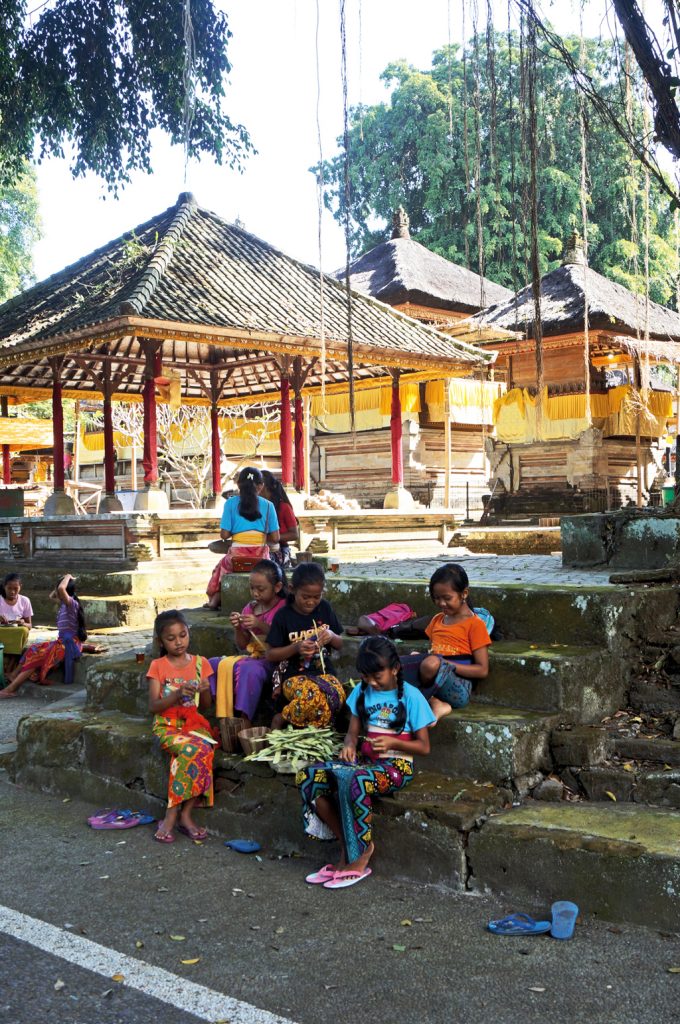
The three ‘new people’ in the village asked the rest of the villagers to come with them when they went to confront the king. The king, knowing that there was going to be a large gathering, was thrilled because he could display his cunning ways to all of his subjects and kill the faith of all of them at the same time.
The king had a royal field day orating against the villagers’ spiritual beliefs and, when he was through, the three gods in disguise promptly proceeded to cut his argument to shreds. Denawa was shocked! The king then shot off another verbal volley, but it was cleverly countered by these three pesky newcomers in such a way that the king was left without room for retort.
Again and again these three seemingly common men dead-ended the king. And, what’s even more royally embarrassing is that this was all done within plain sight and earshot of the entire population of the kingdom. Nobody could tell if the redness in the king’s face was embarrassment or anger. But everyone knew that the king was experiencing plenty of both.
When the king’s arguments were exhausted he did what comes natural to someone with more power than brains – he decided to kill the newcomers and declare himself the winner of the confrontation. As soon as the king pronounced their death sentence, the three villagers began to shine with a light that the old Balinese storytellers say was “brighter than one hundred suns” as they transformed themselves from the image of villagers back into their true images as gods. The king, and all the villagers, fell to the floor and trembled with fear.
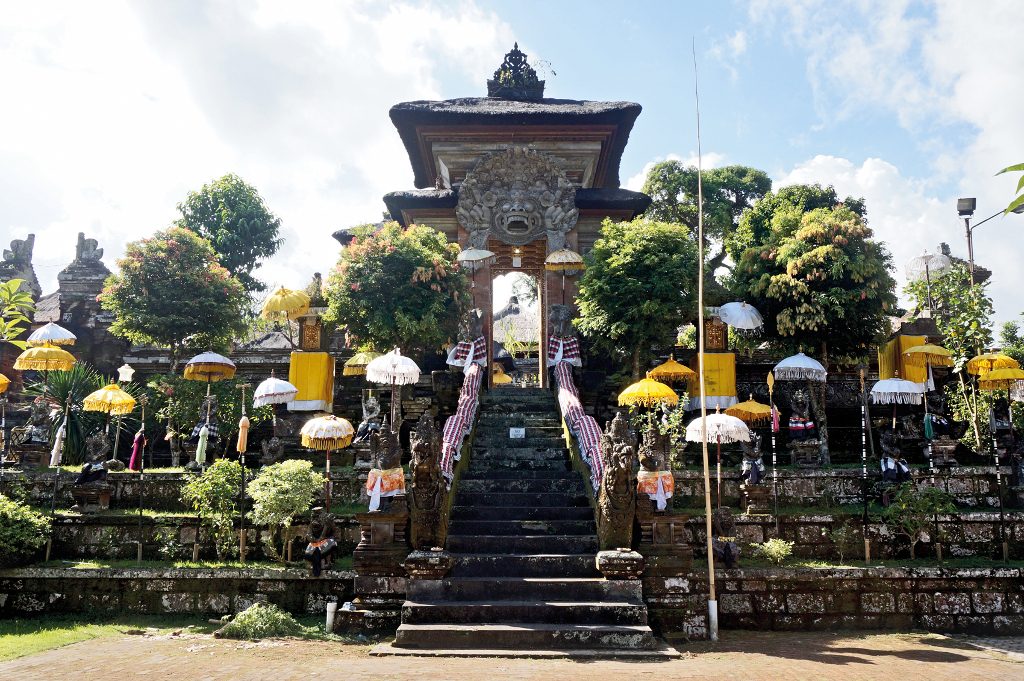
The three gods put everything back on track in the kingdom. They gathered all the people, including Denawa, on the grounds inside Pura Samuan Tiga where they taught them how to believe, pray, and save their souls.
Pura Samuan Tiga is located in Bedulu village, Gianyar. The temple still contains several of the original 11th century statues.









